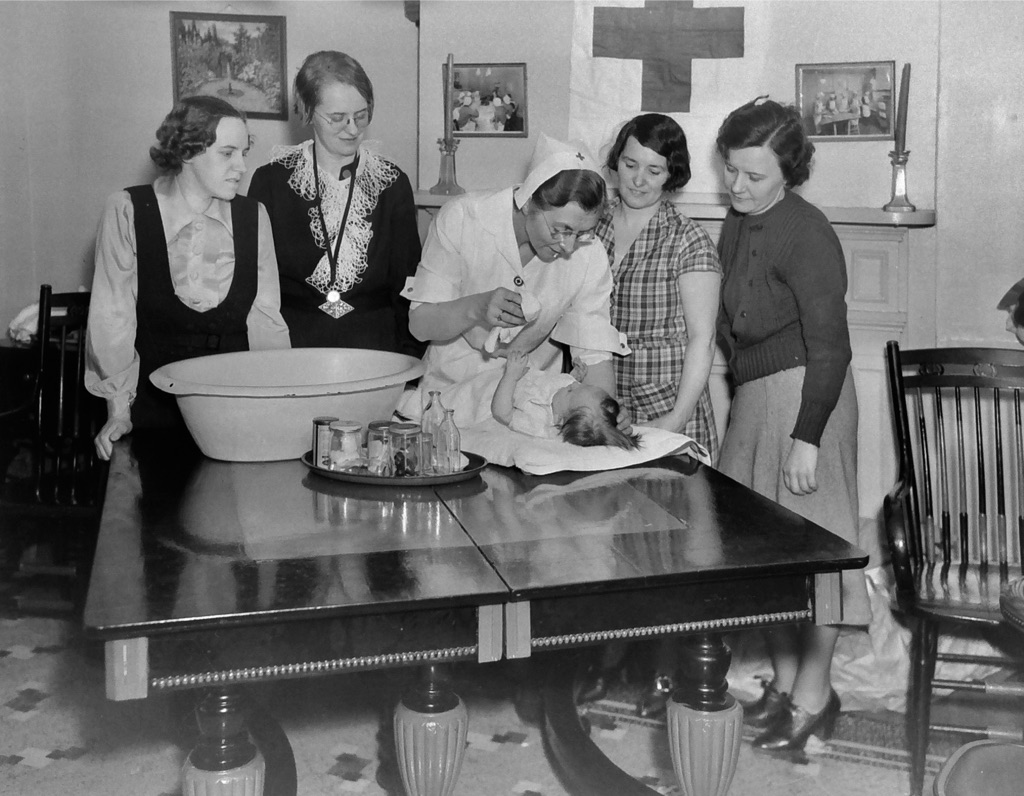Kaufman’s Brooklyn: Four photos of ‘Public service organizations: healthcare’

My father, Irving Kaufman (1910 – 1982), was a professional photographer who started in Brooklyn in the mid 1930s working for the Brooklyn Daily Eagle. He captured thousands of images of Brooklyn through the 1950s. I have recently digitized a great many of them. My father’s profile can be found here.
This week’s theme:
This week’s theme is “Public service organizations: healthcare.” Public service organizations of all kinds comprise a large category of my father’s work in Brooklyn that I haven’t displayed yet. Many of the organizations that you’ll see this week focused on healthcare, including services for those with all manner of special needs. Some services were aimed specifically at children or the elderly. For the most part, these groups relied on extensive fundraising to support their activities.

Brooklyn Boro
View MoreNew York City’s most populous borough, Brooklyn, is home to nearly 2.6 million residents. If Brooklyn were an independent city it would be the fourth largest city in the United States. While Brooklyn has become the epitome of ‘cool and hip’ in recent years, for those that were born here, raised families here and improved communities over the years, Brooklyn has never been ‘uncool’.